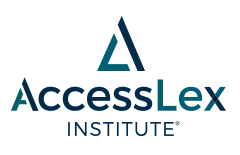
Commissioned Research
Document Type
Journal Article
Publication Date
6-2018
Keywords
higher education students, financial status and behavior, graduate schools, professional schools, tuition, tuition discounting, financial aid
Abstract
Like tuition and fees for undergraduate students, prices for graduate and professional study have risen rapidly over time. But average published prices tell us little about how much students actually pay. Despite high sticker prices, many students enrolled in research doctoral degree programs pay no tuition and fees because institutional grant aid, fellowships and tuition waivers cover these charges. Master’s degree students and those in professional practice degree programs are much less likely to receive this assistance. In 2011–12, one-third of full-time graduate and professional degree students received grant aid from their institutions. This included 71 percent of research doctoral students, compared with 38 percent of master’s and 42 percent of professional degree students. After an overview of how graduate school prices have changed over time, this brief provides detailed information on published and net prices for students continuing their education beyond a bachelor’s degree.





Comments
Related research:
Sandy Baum, A Framework for Thinking About Law School Affordability (2018), https://arc.accesslex.org/commissioned/8/
Sandy Baum & Patricia Steele, After Graduate and Professional School: How Students Fare in the Labor Market (2018), https://arc.accesslex.org/commissioned/1/
Sandy Baum & Patricia Steele, Financing Graduate and Professional Education: How Students Pay (2018), https://arc.accesslex.org/commissioned/7/
Sandy Baum & Patricia Steele, Graduate and Professional School Debt: How Much Students Borrow (2018), https://arc.accesslex.org/commissioned/3/
Sandy Baum & Patricia Steele, Who Goes to Graduate School and Who Succeeds? (2017), https://arc.accesslex.org/commissioned/4/